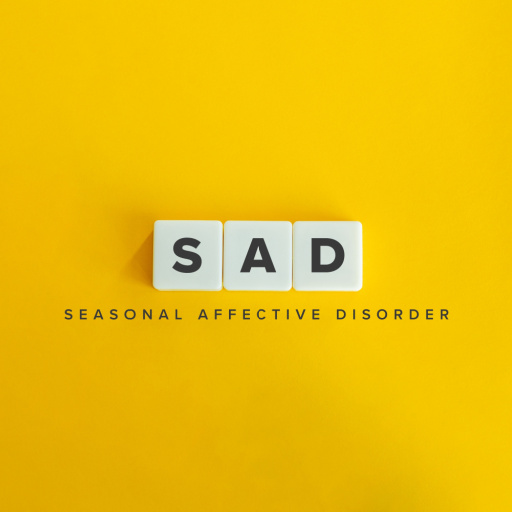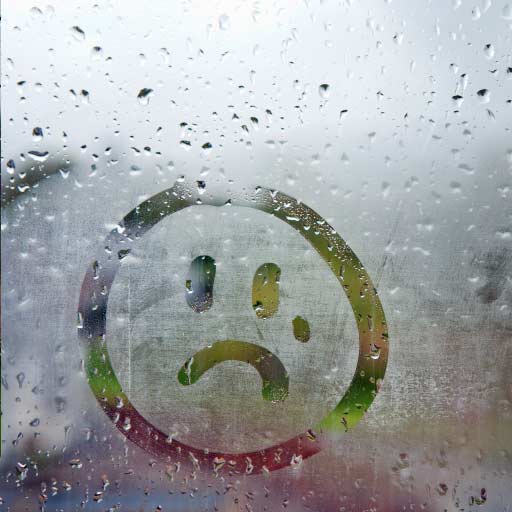As the vibrant colors of autumn fade into the crisp, cold embrace of winter, a subtle shift occurs in many individuals. While the change in seasons often brings about a sense of nostalgia and joy for the holidays, for some, it also heralds the arrival of Seasonal Affective Disorder (SAD). This lesser-known yet impactful condition casts a shadow over the winter months, affecting the mental well-being of millions worldwide.
Unveiling Seasonal Affective Disorder (SAD)
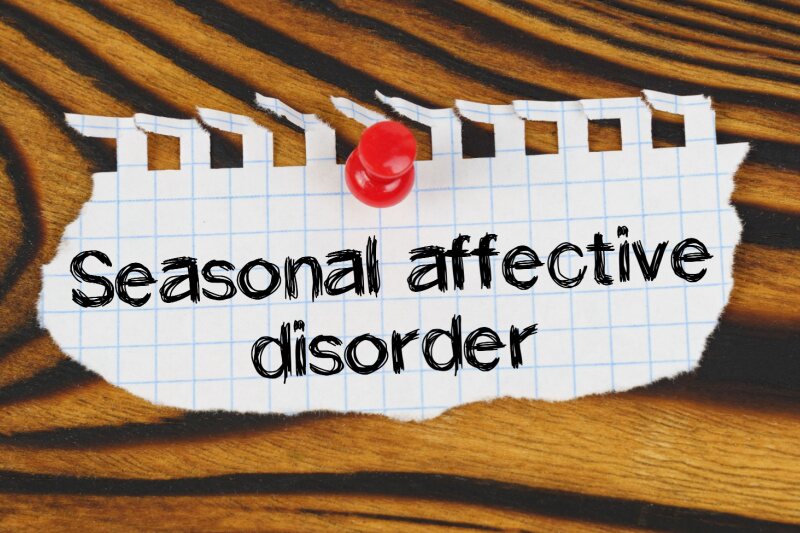
So, what is seasonal affective disorder? Seasonal affective disorder, aptly abbreviated as SAD, is a type of depression that typically manifests during the fall and winter seasons. The reduced exposure to natural sunlight, shorter days, and longer nights can disrupt the body’s internal clock, leading to hormonal changes and impacting mood, sleep patterns, and overall energy levels.
The Symphonic Blend of Biology and Environment
While the exact cause of SAD remains elusive, researchers suggest a complex interplay of biological, psychological, and environmental factors. One prevailing theory revolves around the body’s response to light—or rather, the lack thereof. Reduced sunlight can disrupt the body’s serotonin production, a neurotransmitter regulating mood. Additionally, the body’s internal clock, governed by the circadian rhythm, can be thrown off-balance, affecting sleep-wake cycles and exacerbating feelings of lethargy and depression.
Unraveling the Symptoms
Seasonal affective disorder symptoms can mirror those of major depressive disorder, making it crucial to recognize its distinctive seasonal pattern. Common seasonal affective disorder symptoms include:
- Persistent feelings of sadness or hopelessness
- Loss of interest in activities once enjoyed
- Increased irritability or agitation
- Changes in appetite or weight
- Difficulty concentrating
Absolutely! Seasonal Affective Disorder (SAD) can significantly impact various aspects of life and well-being. Understanding its potential outcomes sheds light on the importance of early intervention and effective management strategies.
Mental Health Implications
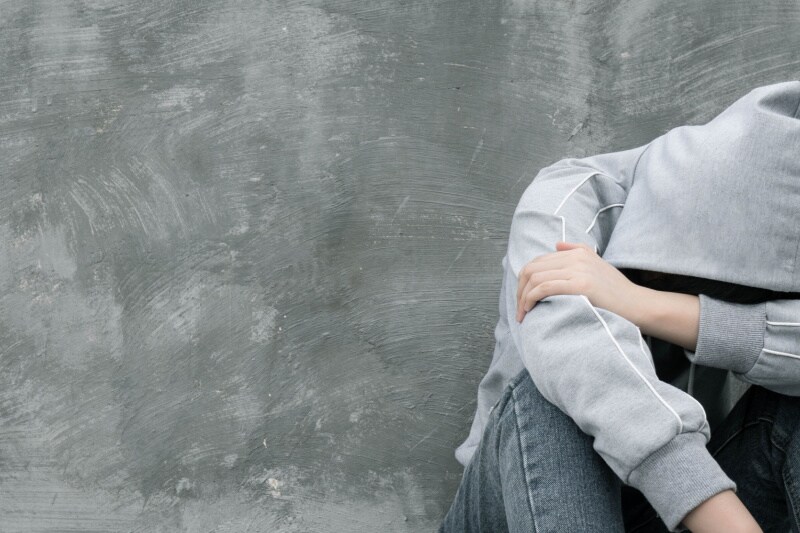
- Depression and Anxiety: SAD often leads to feelings of depression, characterized by persistent sadness, hopelessness, and a loss of interest in activities. Anxiety symptoms, such as increased worry or agitation, might also accompany depressive episodes.
- Social Withdrawal: Individuals with SAD might withdraw from social activities and relationships, preferring solitude due to a lack of energy or interest, which can further exacerbate feelings of isolation and loneliness.
Physical Health Consequences
- Disrupted Sleep Patterns: Changes in the body’s internal clock due to reduced sunlight exposure can disrupt sleep-wake cycles, leading to insomnia or oversleeping, affecting overall energy levels.
- Changes in Appetite and Weight: SAD can trigger changes in appetite, often leading to cravings for carbohydrates and comfort foods. This can result in weight gain, which may contribute to a negative self-image and further impact mood.
Academic and Professional Impact
- Decreased Productivity: Inability to concentrate and low energy levels associated with SAD can affect academic or work performance. Meeting deadlines and maintaining focus might become challenging during depressive episodes.
- Absenteeism: Severe symptoms of SAD may lead to increased absenteeism from school or work, impacting one’s educational or professional progress.
Relationship Dynamics
- Strain on Relationships: SAD’s impact on mood, energy, and social interaction can strain relationships with family, friends, or partners due to decreased participation in social activities or an overall withdrawal from interactions.
- Communication Challenges: Difficulty in expressing feelings or maintaining regular communication might arise, leading to misunderstandings and strained relationships.
Long-term Effects and Risks
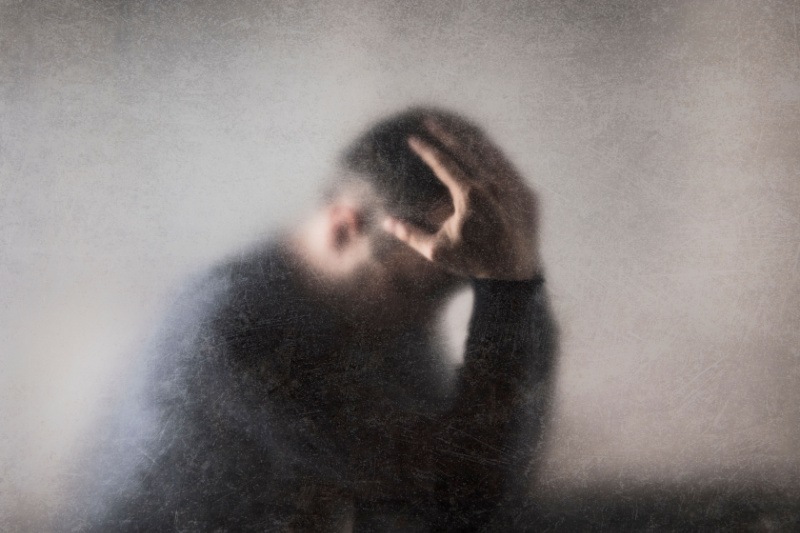
- Recurrence and Chronicity: Without proper management, SAD can recur annually during specific seasons and, in some cases, progress into a chronic condition, impacting an individual’s overall quality of life.
- Increased Risk of Other Mental Health Issues: Prolonged untreated SAD can increase the risk of developing other mental health disorders, such as major depressive disorder or generalized anxiety disorder.
Recognizing the multifaceted impact of SAD underscores the importance of timely intervention and comprehensive treatment strategies. Addressing the condition holistically—through light therapy, counselling, lifestyle adjustments, and social support—can significantly mitigate the adverse outcomes associated with Seasonal Affective Disorder, promoting mental wellness and a better quality of life.
SAD in Indian Context:
Understanding how SAD might manifest within the Indian landscape involves acknowledging regional climatic variations, cultural practices, and access to mental health resources. Encouraging open conversations, reducing stigma, and integrating culturally relevant coping mechanisms into mental health care can facilitate better support for individuals affected by SAD in India.
By fostering awareness, bridging gaps in mental health care, and embracing a holistic approach that respects cultural diversity, India can effectively address Seasonal Affective Disorder within its unique societal and environmental contexts.
In the Indian context, Seasonal Affective Disorder (SAD) might manifest differently due to the country’s diverse climate and cultural practices. Let’s explore how SAD might present and be understood within India:
Regional Variances in Seasonal Changes
India’s vast geographical expanse encompasses regions with diverse climates, ranging from tropical in the south to temperate and cold in the north. For instance:
- Northern Regions: States like Himachal Pradesh and Jammu & Kashmir experience pronounced winters with shorter daylight hours and colder temperatures.
- Southern States: Kerala maintains a relatively consistent climate throughout the year, with fewer daylight hours and temperature fluctuations.
Impact on Mental Health in Different Regions
- North vs. South: Individuals residing in regions with more significant seasonal variations may experience symptoms of SAD, such as mood fluctuations, lethargy, and changes in sleep patterns, more prominently during the colder, darker months.
- Urban vs. Rural Dynamics: Urban centers might have better access to mental health resources, while rural areas may face challenges in awareness and access to specialized care.
Cultural Influences and Coping Mechanisms
- Yoga and Meditation: India’s cultural practices emphasize mental well-being like yoga and meditation. These practices, with their focus on mindfulness and relaxation, could serve as valuable coping mechanisms for individuals affected by SAD.
- Ayurveda and Traditional Medicine: Ayurvedic practices often recommend lifestyle adjustments, dietary changes, and herbal remedies that are believed to balance the body and mind, potentially aiding in managing SAD symptoms.
Societal Stigma and Seeking Help
- Stigma Surrounding Mental Health: In some Indian communities, there might be a stigma associated with seeking help for mental health issues, which could deter individuals from seeking professional support for SAD.
- Community Support: On the flip side, close-knit communities often offer solid social support, which can play a crucial role in helping individuals cope with mental health challenges.
Adaptation and Integration of Treatments
- Blending Traditional and Modern Approaches: There’s an increasing effort to integrate traditional healing practices with modern mental health interventions. This fusion aims to offer a more holistic approach to managing mental health challenges, including SAD.
Treating Seasonal Affective Disorder (SAD) involves a combination of therapies and lifestyle adjustments tailored to alleviate symptoms and improve overall well-being. Here are some effective treatments for SAD:
Light Therapy (Phototherapy)
- Description: Light therapy involves exposure to a specialized light box that emits a bright light, simulating natural sunlight.
- Mechanism: It helps regulate circadian rhythms and neurotransmitter levels, especially serotonin, thereby improving mood and energy levels.
- Usage: Typically used daily for around 20-30 minutes in the morning, often starting in the fall before symptoms arise.
Cognitive Behavioral Therapy (CBT)
- Description: CBT is a talk therapy that focuses on identifying and changing negative thought patterns and behaviors.
- Mechanism: It helps individuals develop coping strategies to manage SAD symptoms, such as addressing negative thought cycles and behavior patterns associated with seasonal changes.
- Usage: Sessions are conducted regularly with a trained therapist over several weeks.
Medication
- Antidepressants: Some individuals with SAD may benefit from antidepressant medications, particularly selective serotonin reuptake inhibitors (SSRIs), to help regulate mood and alleviate symptoms.
- Usage: Medication is usually prescribed with other treatments, and a healthcare professional monitors its effectiveness.
Lifestyle Adjustments
- Exposure to Natural Light: Maximizing exposure to natural daylight during the day by spending time outdoors, opening curtains or blinds, and arranging workspaces near windows.
- Regular Exercise: Regular physical activity, such as outdoor walks or indoor exercises, can boost mood and energy levels.
- Healthy Diet: Consuming a well-balanced diet rich in nutrients, especially foods high in omega-3 fatty acids and vitamin D, may help manage symptoms.
- Regulated Sleep: Maintaining a consistent sleep schedule and optimizing sleep cycle practices to ensure quality rest.
Social Support and Self-Care
- Building a Support Network: Engaging in social activities, staying connected with friends and family, and seeking support from loved ones.
- Self-Care Practices: Incorporating stress-reducing activities like mindfulness, relaxation techniques, hobbies, or creative outlets.
Integrative Approaches
- Combining Treatments: Often, a combination of therapies, such as light therapy alongside CBT or medication, may yield more comprehensive results.
- Traditional Practices: Integrating traditional healing practices like yoga, meditation, or Ayurveda, which emphasize holistic well-being, can complement standard treatments.
Professional Guidance and Monitoring
- Regular Check-Ins: Consistent monitoring and follow-ups with healthcare providers or mental health professionals to assess treatment efficacy and adjust as needed.
- Individualized Approach: Tailoring treatments to individual needs and adjusting strategies based on the severity of symptoms and response to interventions.
Treatment for SAD is often multifaceted, and its effectiveness varies from person to person. Consulting with a healthcare provider or mental health professional is essential to create a personalized treatment plan that best suits an individual’s needs and circumstances.
For 24×7 Mental Health Assistance, Call 1800-120-820-050
Stay tuned to the Activ Living Community. Keep up to date with the latest health tips and trends through expert videos, podcasts, articles, and much more in nutrition, fitness, mindfulness, and lifestyle conditions like Asthma, Blood Pressure, Cholesterol, and Diabetes.
Activ Living ke saath sahi sehat ki shuruaat ABHIkaro.
You may also be interested in the following blogs:
- Anxiety and Mood Swings: Connection and Strategies for Coping
- How To Explore The Extremes Of Mood Swings Caused By Bipolar Disorder?
Popular Searches
How to lower blood pressure | Fruits good for liver | Unhealthy foods | Ragi Benefits | Basal Metabolic Rate | Acupressure points for High Blood Pressure | Ayurvedic medicine for blood pressure | How to control cholesterol at home | Homeopathy for Asthma | Biological Age | Home remedies for TB | Natural beta blockers | Negative effects of internet | Types of walking | Blood pressure calculator | Blood sugar calculator | BMI Calculator





 1800-270-7000
1800-270-7000


